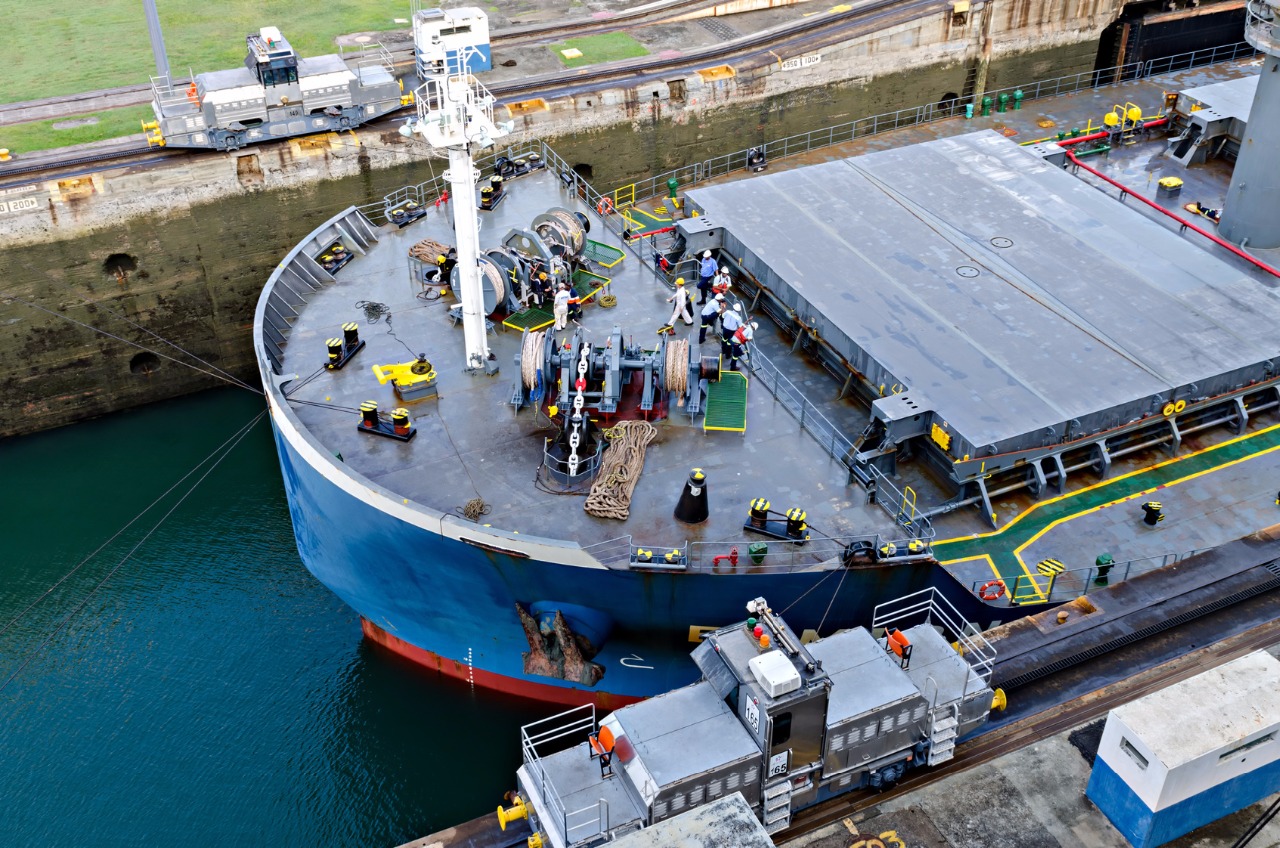Types, Design and Capacities of crude oil tanks
Production of petroleum products in their diverse forms and states require the use of different sizes and types of tanks. Petroleum occurs naturally in the form of liquid crude oil. Crude oil is refined into fuel products used around the world such as paraffin and petrol.
Crude oil can be stored over time. These tanks are mostly found above ground. They are specially designed to ensure that potential risks due to leakage are reduced.
Crude oil can also be stored under the ground in salt domes. The domes are surrounded by rocks that prevent liquids from passing through them hence protecting underground water reserves from contamination.

Types of crude oil storage tanks
The type of storage tank is determined by the properties of the substance that is to be stored. Therefore, storage tanks can be classified as atmospheric storage tanks and pressurized storage tanks.
Atmospheric storage tanks are more suited for the storage of crude oil. Pressurized tanks are predominantly used for storing liquids that evaporate. They can be further classified into floating roof storage tanks, fixed roof tanks and open top storage tanks.
Open top storage tanks are mainly used for storage of water while the other two are used for storing crude oil.
Floating roof storage tanks are ideal for the storage of large quantities of crude oil. They have a cylindrical steel shell and a floating roof that floats on top of the crude oil. This design ensures that when the crude oil levels are low, then the position of the roof shifts downwards to match the level of the oil.
It also helps to contain the highly volatile gases emitted by the crude oil. The containment is achieved when the gases are trapped by the rim seal on the floating roof that keep the gases from escaping into the environment.
Weather elements, however, such as rain or heavy snow can affect the storage tanks by weighing on the floating roof therefore pushing it down into the crude oil below.
Construction and materials used for crude oil tanks
The many companies that design crude oil tanks commonly use carbon steel. Stainless steel is also used because it is rust resistant. However, carbon steel is cheaper and more preferred.
The storage tanks need to be of the best quality to ensure leaks do not occur and cause environmental damage.
Capacity of crude oil tanks
The capacity and dimensions of the storage tanks are determined by client needs. Most crude oil storage tanks have a diameter of 30 meters and a height of 10 meters. Larger oil companies require storage tank with a diameter of 88 meters and heights of up to 20 meters.
